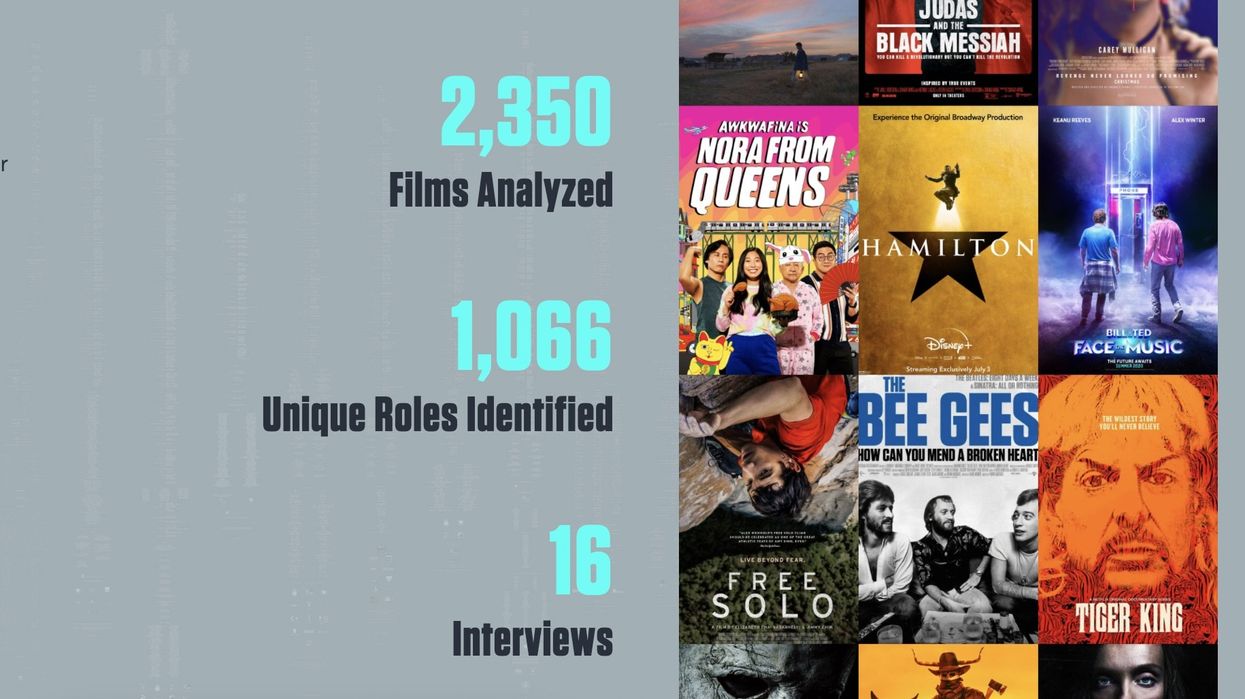Never Forget a Credit with the New Endcrawl Template
End credits are one of those things impossible to get perfect the first time, but Endcrawl is making it easier with a new exceptionally thorough, free template.

End credits are an interesting thing to still have exist in the age of the internet. If you get something wrong in your IMDb listing, you can always go back and add and correct things.
But with your end credits, once your film is out in the world, it's incredibly difficult to go in and add another name or fix a misspelling. It's doable, but it's not easy.
Of course, getting those credits together in the first place is a ton of work that can involve hundreds of emails to find out if "Steve" wants to be credited as "Stephen" and to confirm the name of every single person who day-played in the VFX roto department.
This has long been the problem that Endcrawl has set out to solve by letting you pay a flat fee for as many renders of your end credits as you want. You assemble your credits in a Google Doc, click "render," and there they appear.
However, there has been a problem they haven't previously solved, which is—what about the credits you might forget?
Making a movie can be a multi-year process, and if you aren't careful, you can let department members slip your mind. Endcrawl wanted to solve this too, so they started a research project to identify "typical" end credits through analyzing movie credits and interviewing filmmakers. (Full disclosure: I answered a few questions and voted in a few of their Twitter polls.) This way, they tried to track down what a "typical" set of movie credits might look like.
The end result of all that work is the Endcrawl Template, which they have released into the world. It is, best of all, free for everyone whether you are using Endcrawl or not.
They have identified a mind-boggling 1,066 credits that often show up in the credits of a movie and have organized it all in a spreadsheet for you to help you on the process of tracking everyone who works on your film.
There are 500 "canonical" roles that typically show up, but even those roles don't show up in every possible movie (you might not have VFX, for instance, if you are going old-school), so you might be deleting a few rows, but it's better to have them than not.
You kick off the process with a selection of all the possible departments, and at this point, you can turn off any you didn't use.
Didn't have an EPK team shooting behind the scenes? Turn off that radio button.
From there you download the spreadsheet and start filling it in using whatever your spreadsheet software of choice might be.
This is going to be most huge for producers and post supervisors, but honestly, on a lot of small projects, this falls on the director as well, and having a robust, free, thorough template to help you make sure you are tracking everyone you need to track will be a helpful part of the process no matter how you end up generating the titles in the end.













